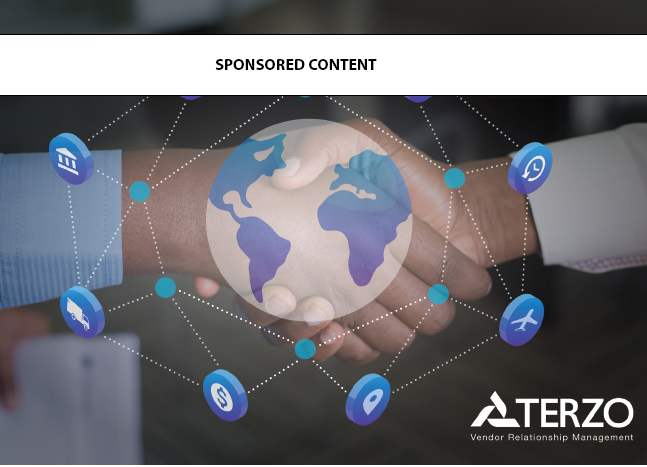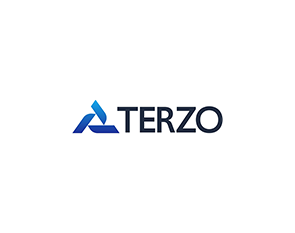Inside Supply Management Magazine
November/December 2021
Put Relationships at the Center of Your Supply Chain Transparency Strategy

New legislative, regulatory and stakeholder priorities are placing increased demands on supply management leaders. Here are three people-powered practices to consider.
Lawmakers, regulators and corporate stakeholders are demanding increased corporate responsibility across supply chains. They are acting on authority of several laws passed since 2010. Among them are the Business Supply Chain Transparency on Trafficking and Slavery Act (U.S., 2020), the California Transparency in Supply Chains Act (2010), and the Modern Slavery Act (United Kingdom, 2015).
In addition to these laws, the European Parliament is developing a new Supply Chain Diligence Directive, and the U.S. Securities and Exchange Commission has expanded examination and disclosure requirements for publicly listed companies in the areas of supplier management.
These laws, directives and regulations have a common theme: Companies must accept increased responsibility for human rights violations, environmental impact and thirdparty risk in their global supply chains. Areas of specific emphasis include (1) human welfare and labor standards, (2) environmental impact and sustainability and (3) cyber and financial risk. What should supply chain leaders do to move beyond traditional operations and financial KPIs and deploy strategies and practices that tackle these new mandates?
Answer: Put people at the center of your supply chain transparency strategy. Consider these three practices.
Practice 1: Develop a People-Centric Strategy
Who manages your supply chain? Who manages the relationships between your company and each of your suppliers and vendors? A people-centric strategy is about mapping your internal stakeholders to their external counterparts across your organization and across your supply chain. Don’t name a splashy new “supply chain czar.” Instead, leverage people who actually know the suppliers.
A people-centric strategy increases transparency and accountability because it becomes clearer who is directly involved in different parts of the supply chain. Once you have your people map, it’s important to bring in salient details of the relationships, such as the key contracts and their terms. Contracts rigorously define the economic relationship between the various entities and allow managers to see “what was agreed in writing” versus “unwritten assumptions we are relying on.” In most cases, the contractual arrangements will drive operational and financial KPIs and everything that has been assumed, but unwritten will end up in your ESG and risk reviews. Involving the people most directly involved with the supplier will increase the quality of your initial assessment and surface “unwritten” risks.
Once you map people and contractual terms, you are ready to ask strategic questions about how you should segment your suppliers (for example, by category, region and risk level) and evaluate if your team is deployed appropriately for your category weighted dollar values and weighted risk values. The people map you’ve created will illuminate opportunities for managers with horizontal or adjacent experience to collaborate more effectively.
Practice 2: Build Stakeholder Structures Into Your Program
You can be horizontal and still know who’s in charge. How? Go beyond a spreadsheet or human resources platform and work off your direct people-to-people mapping across your organization and supplier counterparts. Determine your leadership and team structures based on how you actually operate and where you have relationships in place. Then, document it.
For efficiency, design your program around the natural cross-functional and hierarchical characteristics of your organization, your team and relationship links to your suppliers. This will avoid major reorganizations and put you in a position to start tackling new problems faster.
Leaders and the teams they lead should be visible. When you build challenging new management, monitoring and benchmarking initiatives across environmental, social and governance (ESG) standards and risk mitigation, you are building new muscle. Your new processes, standards of engagement, documentation and KPIs need regular review to determine if you’ve picked the right ones. This means engaged leadership and participation from your most credible experts — this often means leadership from the middle, not the top.
Practice 3: Adopt Proactive Bias
Large organizations tend to be more reactive than proactive, especially with new and ambiguous requirements. The biggest problem with a plethora of new laws and regulations is that few of us actually know what they mean yet in terms of enforcement. If you don’t want your company on the front page of the newspaper for heinous violations that occurred outside the organization, adopt a proactive bias with your new ESG and supplier risk management programs. Build a Vendor 360 for every supplier in your program. Use a segmentation approach to clarify the relationship elements under review. Document past issues and state where you believe the organization is most vulnerable, even if there haven’t been infractions directly involving your company. Leverage scorecards and periodic review. To keep these practices from becoming bureaucratic dribble, involve your front-line supplier relationship leaders in the process. Document who your team interacts with at each supplier, just as you would a sales effort with a customer relationship management system. Be detailed, use time stamps and get regular input from supplier stakeholders. Encourage proactivity. Develop a culture that identifies and acts on red flags. Engage your supplier stakeholders directly when you think you see an emerging risk.
Relationships Win
Transparency across the supply chain brings new challenges, so meet them by leveraging your people and your relationships. When you tackle ESG and risk management, consider People-Centric Strategy, Leveraging Natural Stakeholder Structures and Adopting Proactive Bias.



